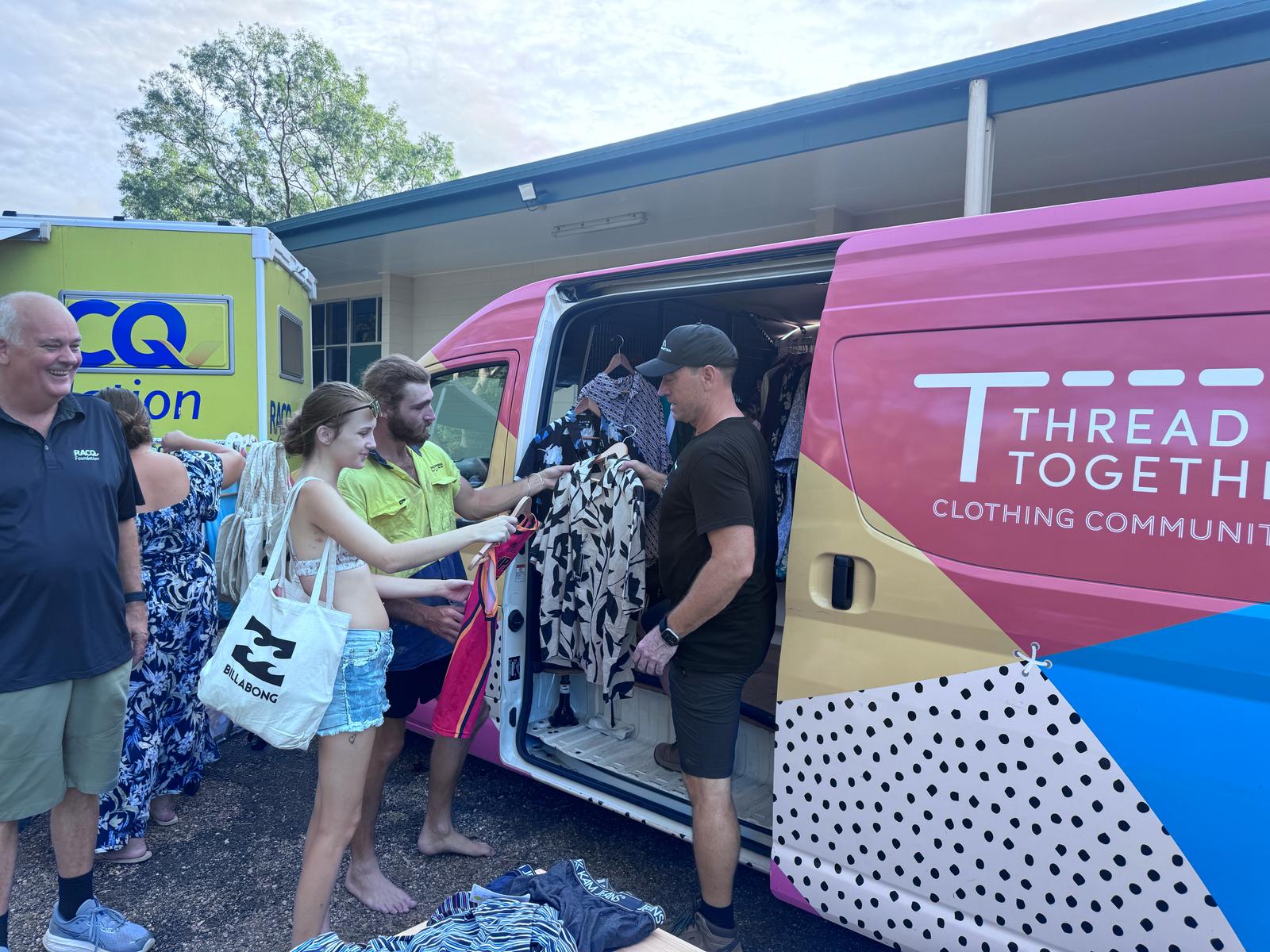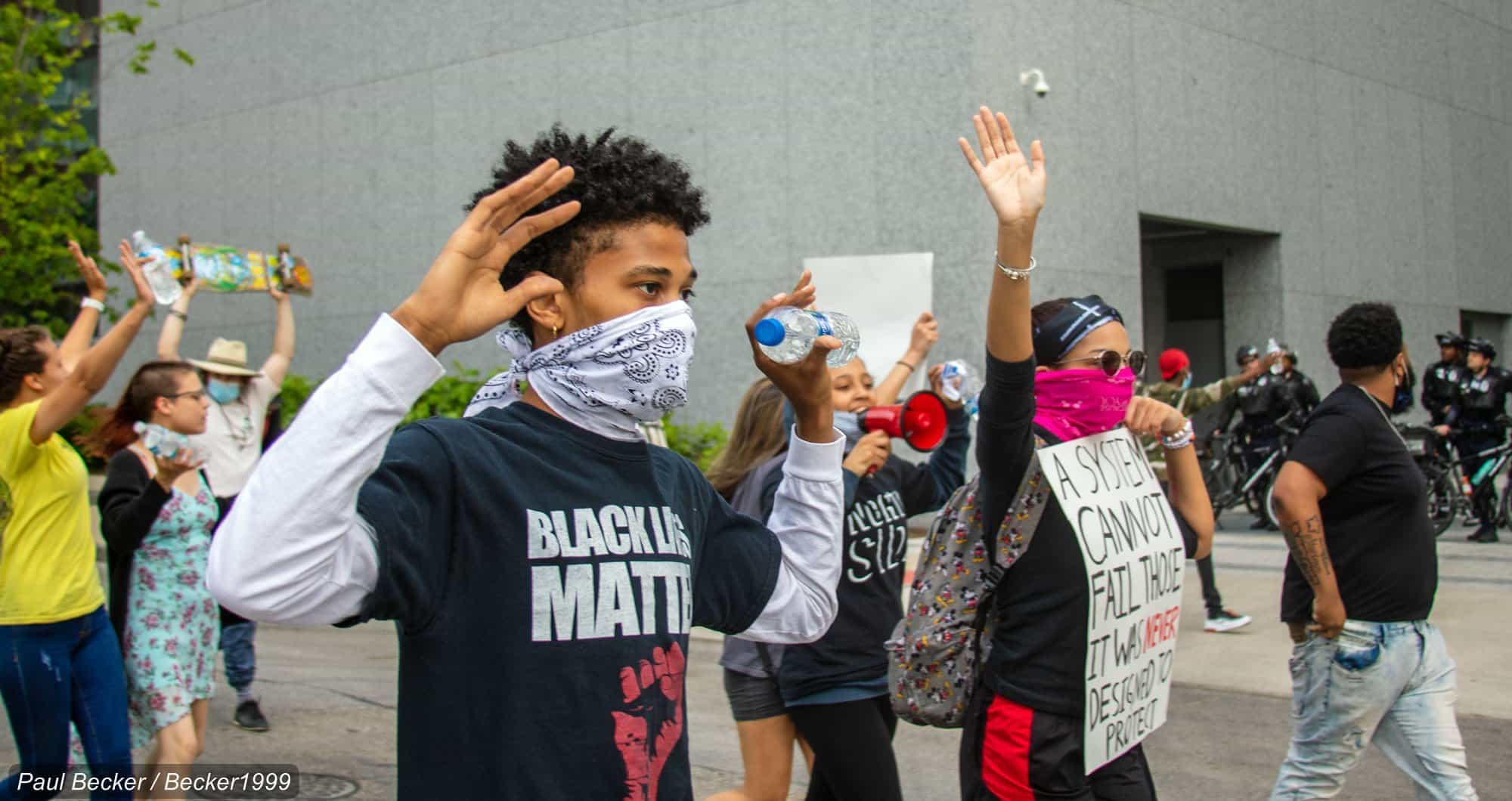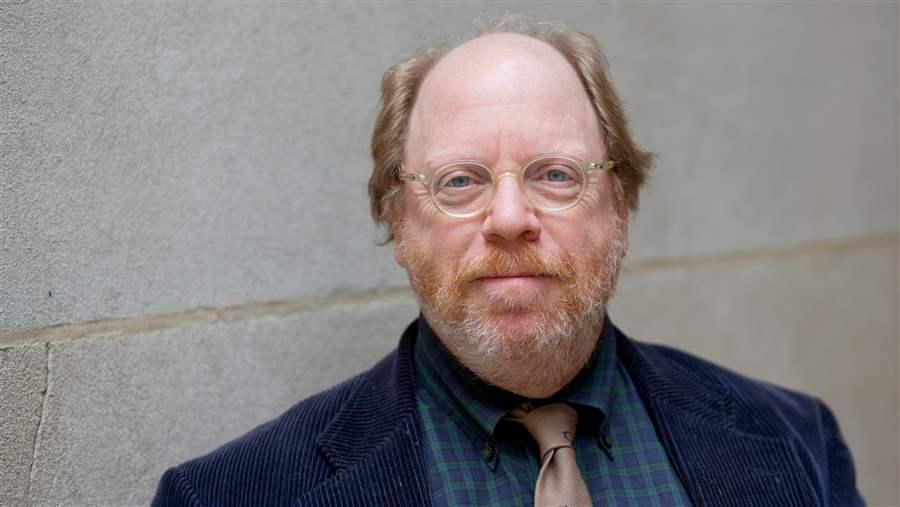Dr. Letitia Dzirasa was less than a year into her new job as Baltimore’s health commissioner in February 2020 when she spoke publicly for the first time of a deadly new virus that was metastasizing on the other side of the globe but which, as far as anyone knew, had not gained a foothold in the United States.
Shortly after the news conference, Dzirasa and her husband took a weeklong vacation in the Caribbean. By the time she returned to Baltimore, her top priorities, including the twin epidemics of violence and opioid addiction ravaging the city, were upended by Covid-19.
“I did a press conference on February 5th that probably no one paid attention to,” she recalled last week. “I remember coming back on Presidents’ Day and it was like, ‘Whoa!’ Between that third and fourth week in February, it became more obvious that this was going to be a big deal.”
She didn’t say it at the time, but she feared Baltimore was likely to be struck savagely by the virus. Baltimore is a majority Black city in a country with wide racial health disparities. It has a high poverty rate, a large population of immigrants with low incomes and densely populated neighborhoods full of thousands of workers without a work-from-home option.
On top of all that, Baltimore, like many U.S. cities and counties, has an underfunded public health system — with only about a third of the resources it needs, according to Dzirasa.
But a strange thing happened on the way to catastrophe. Baltimore hasn’t escaped Covid-19, recording nearly 1,200 deaths from the virus. But compared with similar areas, it has fared far better than expected.
That is the conclusion of a September report from the Johns Hopkins Bloomberg School of Public Health, which compares Baltimore’s Covid-19 experience with 325 communities with similar demographic characteristics, including race and ethnicity, employment and health insurance status. Baltimore fared better than the majority of its peers, landing in the upper percentile in several measures of the virus’s impact. The city ranked in the 81st percentile for the lowest incidence of cases, the 73rd percentile for the lowest cumulative mortality rate, and the 97th percentile for highest vaccination coverage.
Baltimore has a relatively high health insurance rate since Maryland has expanded Medicaid. It partnered with its renowned health care institutions, local nonprofits and trusted community groups to reach residents. But the most important factor in its success, public health experts said, has been strong leadership from city officials and support from a state government — split between a Republican governor and a Democratic legislature — that adhered to data and science rather than politicizing closures, masks and vaccines.
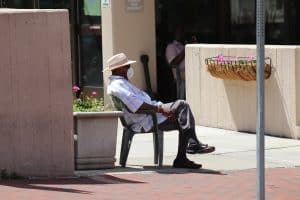
“If you told the story beforehand, you would have said Covid is coming for Baltimore,” said Dr. Joshua Sharfstein, who was Baltimore’s health commissioner in the 2000s and is now a vice dean at the Bloomberg School of Public Health.
Dr. Peter Beilenson, another former Baltimore health commissioner who later filled the same post in Sacramento, California, described Baltimore’s performance as “startling.”
“The racial inequality, the poverty in Baltimore — that the number of cases and deaths were so low, that’s really impressive,” Beilenson said.
“Exact right person”
Many of those interviewed gave high marks to Dzirasa; Sonja Brookins Santelises, CEO of Baltimore City Public Schools, and Democratic Mayor Brandon Scott and his predecessor, Jack Young, also a Democrat.
(Last month, Scott’s office announced he had tested positive for the virus and was quarantining, though he was asymptomatic. “My situation serves as another reminder of the challenges faced by the ongoing pandemic and the benefits of being vaccinated,” the mayor said in a statement to Stateline this week.)
Baltimore also has had the good fortune of being in Maryland, where Republican Gov. Larry Hogan largely adhered to guidance from the federal Centers for Disease Control and Prevention and has been a strong proponent of vaccines.
That contrasts with other Republican governors, such as Greg Abbott in Texas, Ron DeSantis in Florida, Brian Kemp in Georgia and others who have tried to prevent cities and counties from adopting more restrictive Covid-19 measures, including those recommended by federal health authorities.
Weighed down by negative news?
Our smart, bright, weekly newsletter is the uplift you’ve been looking for.Maryland, whose legislature is overwhelmingly Democratic, also has embraced the Affordable Care Act, including Medicaid expansion, and runs a highly regarded state insurance exchange. Maryland is among the states with the lowest rate of residents without health insurance.
“People having health care coverage is a reason we’re doing so well with Covid,” said Vinny DeMarco, president of the Maryland Health Care for All Coalition, a well-known figure in Baltimore who has advocated for health care access in Baltimore and Maryland for decades.
But DeMarco and many others praised the city’s leaders, and especially Dzirasa, for steady and resourceful leadership during the crisis. They said the city’s response has been characterized by fealty to data, targeted communication, and a willingness to tap outside help and expertise.
Throughout the pandemic, Dzirasa said, she has focused on “the impact it could have on those who were already marginalized.”
Dzirasa “was the exact right person for the job,” said Dr. Charles Callahan, a vice president for population health at the University of Maryland Medical Center, one of the major players in Baltimore’s pandemic response.
“There was a level of seriousness, but never panic,” Callahan said. “She knew the data, she knew the facts. She surrounded herself with good people.”
Criticism from both sides
Some critics point to areas where the city has not gone far enough. Baltimore is imposing a vaccine requirement on city employees, but it has not followed New York, San Francisco and Seattle in ordering restaurants, theaters and other businesses to require proof of vaccination for admission.
At the same time, there are those who say it has gone too far. The city firefighters’ union, like many public employee unions across the country, opposes the vaccine mandate. In a letter to Scott over the summer, the union’s president asserted that the mandate should have been negotiated between the union and the city. The Maryland Restaurant Association went to court last year in a failed bid to overturn the city’s prohibition against inside dining, which has since been rescinded.
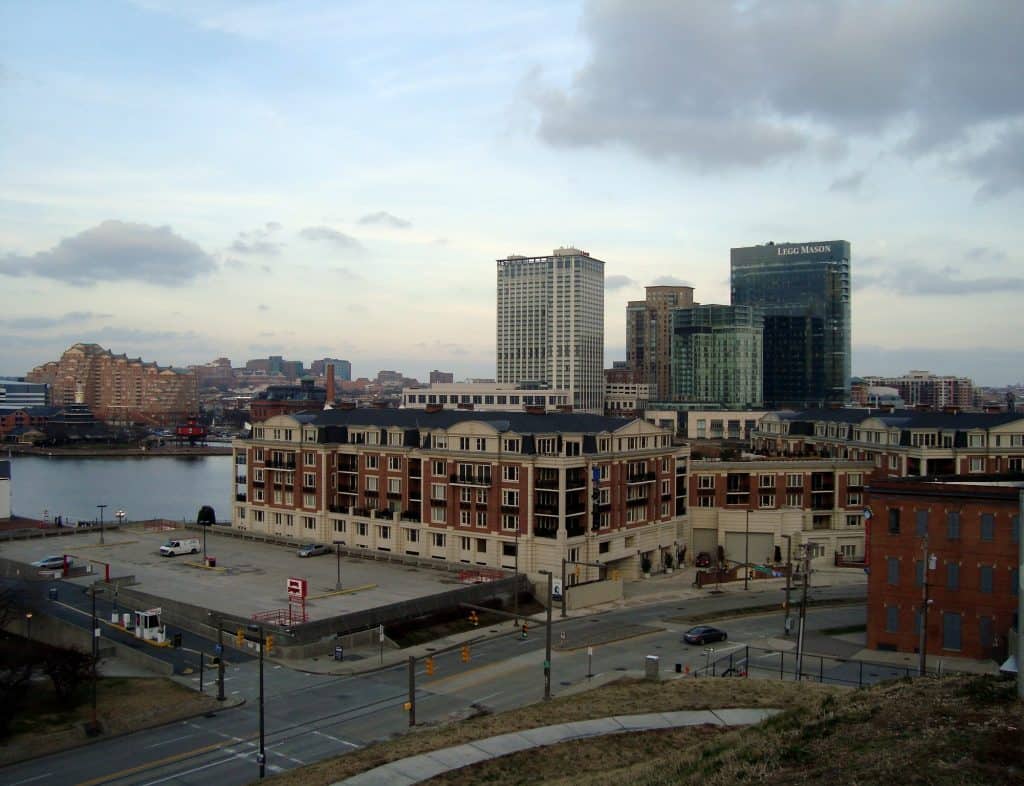
And while the Johns Hopkins report highlights Baltimore’s high Covid-19 vaccination rate relative to comparable areas, the 56 percent rate of Baltimoreans who are fully vaccinated lags the statewide rate by nine percentage points.
But it’s hard to argue that Baltimore has not attacked the pandemic aggressively. It has been more cautious than the state in reopening businesses and schools and relaxing mask requirements. Hogan did not reimpose a new mask mandate as the delta variant fueled a dangerous new surge this summer, but Scott quickly issued an order requiring masks in all indoor settings. Beilenson, the former health commissioner, said that requirement is valid substitution for a vaccine requirement for businesses.
Partnerships have played a huge role in Baltimore’s success. The city has worked with the Johns Hopkins and University of Maryland health systems, other Baltimore hospitals, foundations, the local chapters of the NAACP and CASA, the immigrant advocacy organization, and many local churches and community organizations.
Representatives of those groups have met frequently with Dzirasa or her staff to plot strategy and responses. They tackled tasks including the creation of detailed data dashboards, Covid-19 testing, contact tracing, vaccines, communications, and identification and outreach of vulnerable populations.
“We were able to within a week and a half or so spin off a structure that was rich with resources in terms of data and communication and assets and clinical support, all done in a manner that was extraordinarily smooth at a time that was chaotic, not just in Baltimore, but in the country and the world,” said Maria Tildon, executive vice president for public policy and government affairs for CareFirst BlueCross BlueShield, one of those partners.
Convention center field hospital
CareFirst helped set up a Covid-19 call center that provided information about the pandemic and directed callers who suspected they were infected to clinicians at Johns Hopkins and the University of Maryland health systems. Johns Hopkins and the University of Maryland helped the city create a sophisticated Covid-19 dashboard detailing the progress of the disease and vaccine uptake throughout the city. Much of the data is broken down by race, ethnicity and age.
Working with the city and the state, the University of Maryland and Johns Hopkins health systems quickly set up a field hospital at the Baltimore Convention Center to treat overflow Covid-19 patients (including with monoclonal antibody infusions) as well as to conduct Covid-19 testing and eventually administer shots. Meanwhile, the city devised a communications and dispatch network to coordinate Covid-19 cases to try to assure that no hospitals were overrun with cases.
Johns Hopkins and the University of Maryland health systems operated mobile testing and vaccinations units, deployed by the city to especially vulnerable areas. The city transformed the 100-year-old Lord Baltimore Hotel, closed because of the pandemic, into a residence where homeless people and others could quarantine safely. The University of Maryland Medical System provides clinical services at the site.
When the crisis began, Dzirasa said, the city had only about 15 contact tracers. With support from the Rockefeller Foundation, the Open Society Institute-Baltimore foundation and the Johns Hopkins Health System, the health department created an army of about 250 contact tracers, many of them unemployed or furloughed as a result of the pandemic. The city recruited people from the hardest hit neighborhoods to fill those jobs.
Even before vaccinations became available late last year, Dzirasa said, the city identified groups that were likely to be hardest to convince to get their shots. They included minority and immigrant communities, young people and Orthodox Jews.
“We knew in some cases we would be trusted and in others we wouldn’t be, so we needed to identify trusted community members as our ambassadors to those communities,” she said. With philanthropic partners, the city developed sophisticated social media outreach, aimed particularly at young people.
Rockefeller also helped the city’s public school system last spring and this fall to stand up a comprehensive Covid-19 testing system that Andrew Sweet, the foundation’s managing director for Covid-19 response and recovery, calls “the best in class.” The positivity rate for Covid-19 in the city schools this fall has been quite low, well below the city’s positivity rate.
Sweet said that Rockefeller was attracted to Baltimore because of the glittering reputation of Santelises, the schools chief. The foundation views the schools’ testing program as a model it has tried to recreate in other cities.
Dzirasa and former Baltimore health commissioners say that unlike many places in the country, the city does not have a history of resistance to public health.
“I definitely think instead of public health being viewed as the enemy, the advice of health officials is viewed in an apolitical and positive light,” said Dr. Leana Wen, Dzirasa’s immediate predecessor in the office.
Those who worked on Baltimore’s pandemic response think other places can learn from the city’s community-wide response to Covid-19. “This hasn’t been something we would have chosen,” said University of Maryland Medical Center’s Callahan, “but we can absolutely benefit from it.”
This story was originally published on Stateline. It is part of the SoJo Exchange from the Solutions Journalism Network, a nonprofit organization dedicated to rigorous reporting about responses to social problems.





